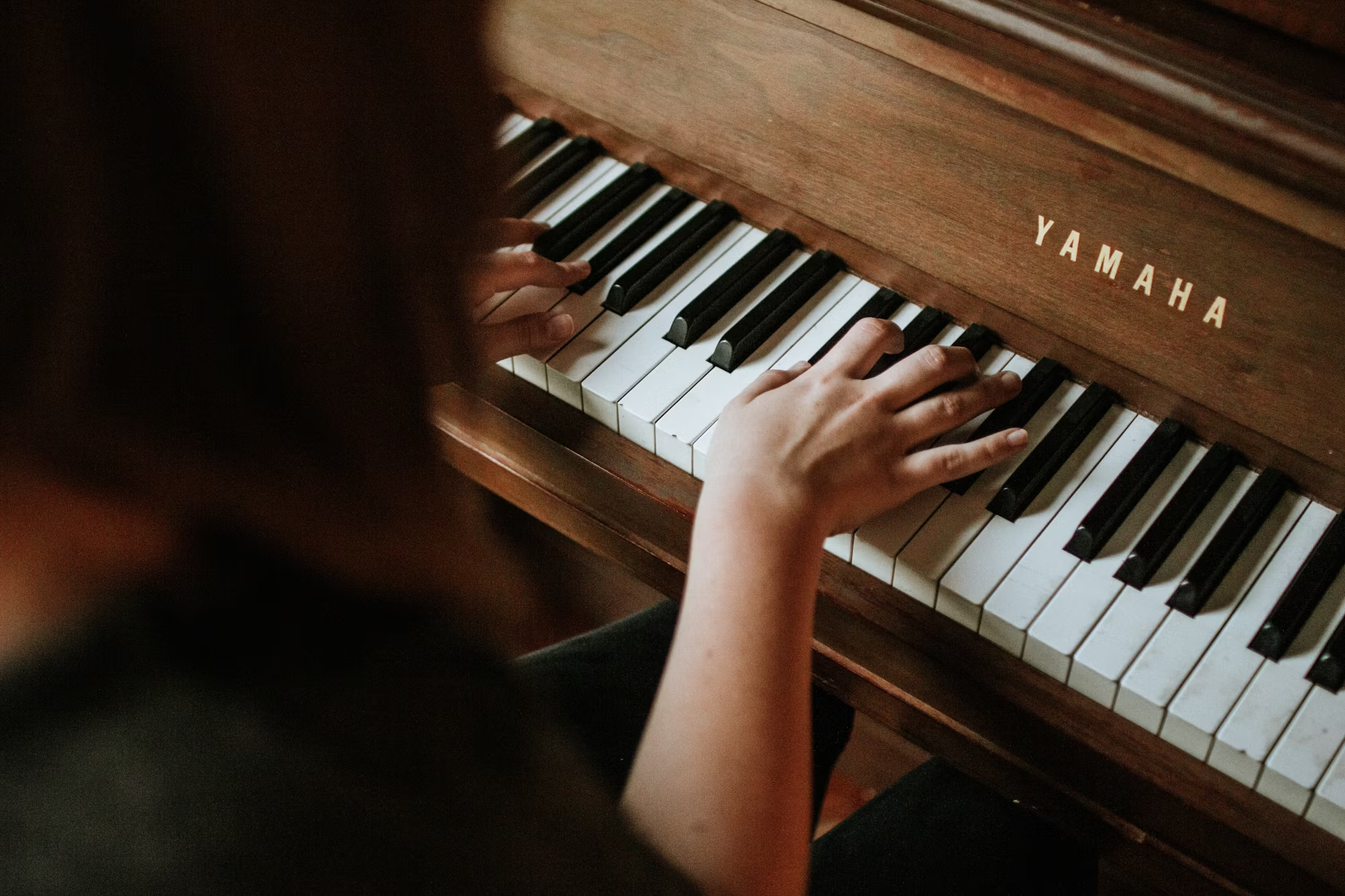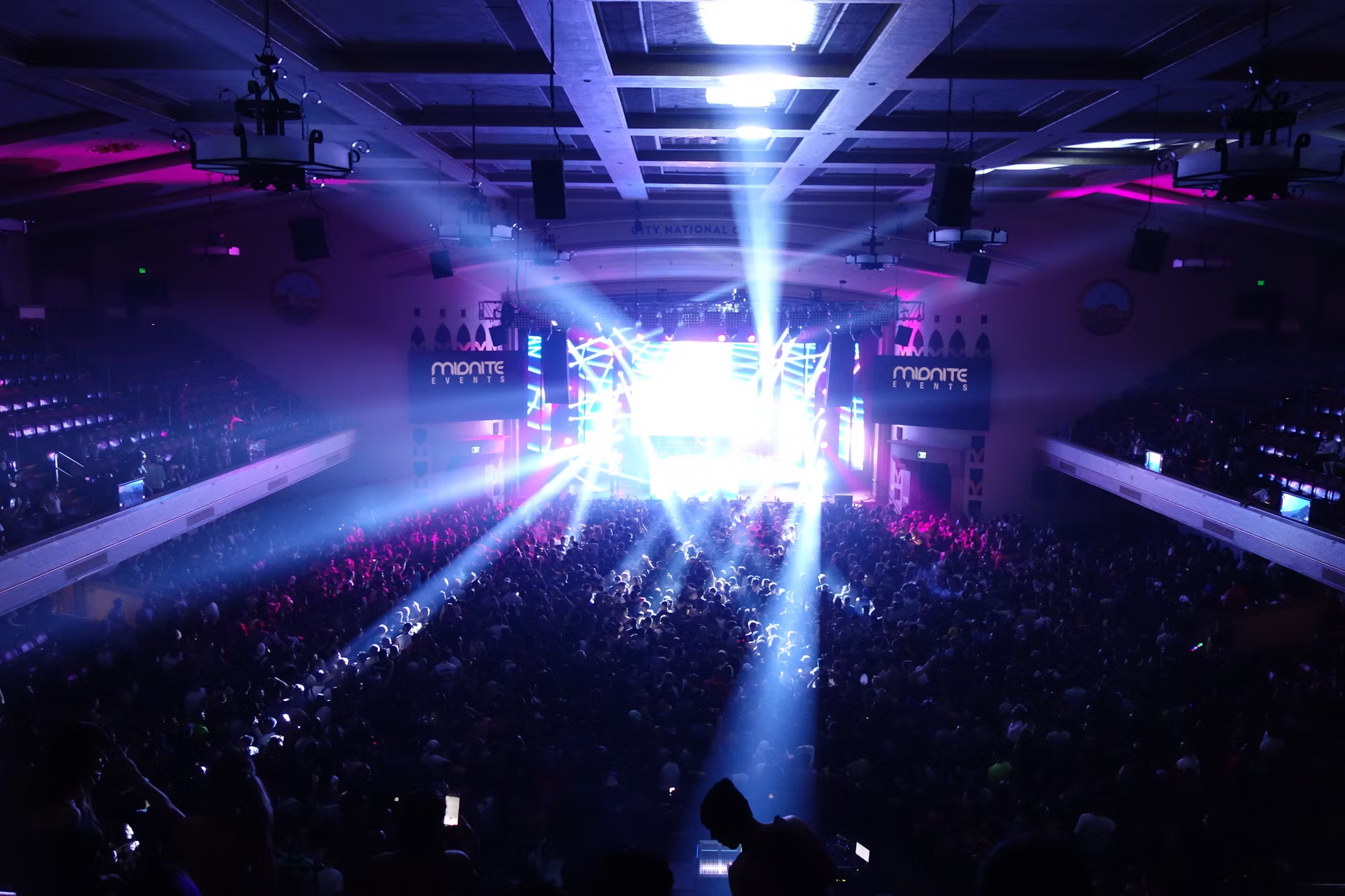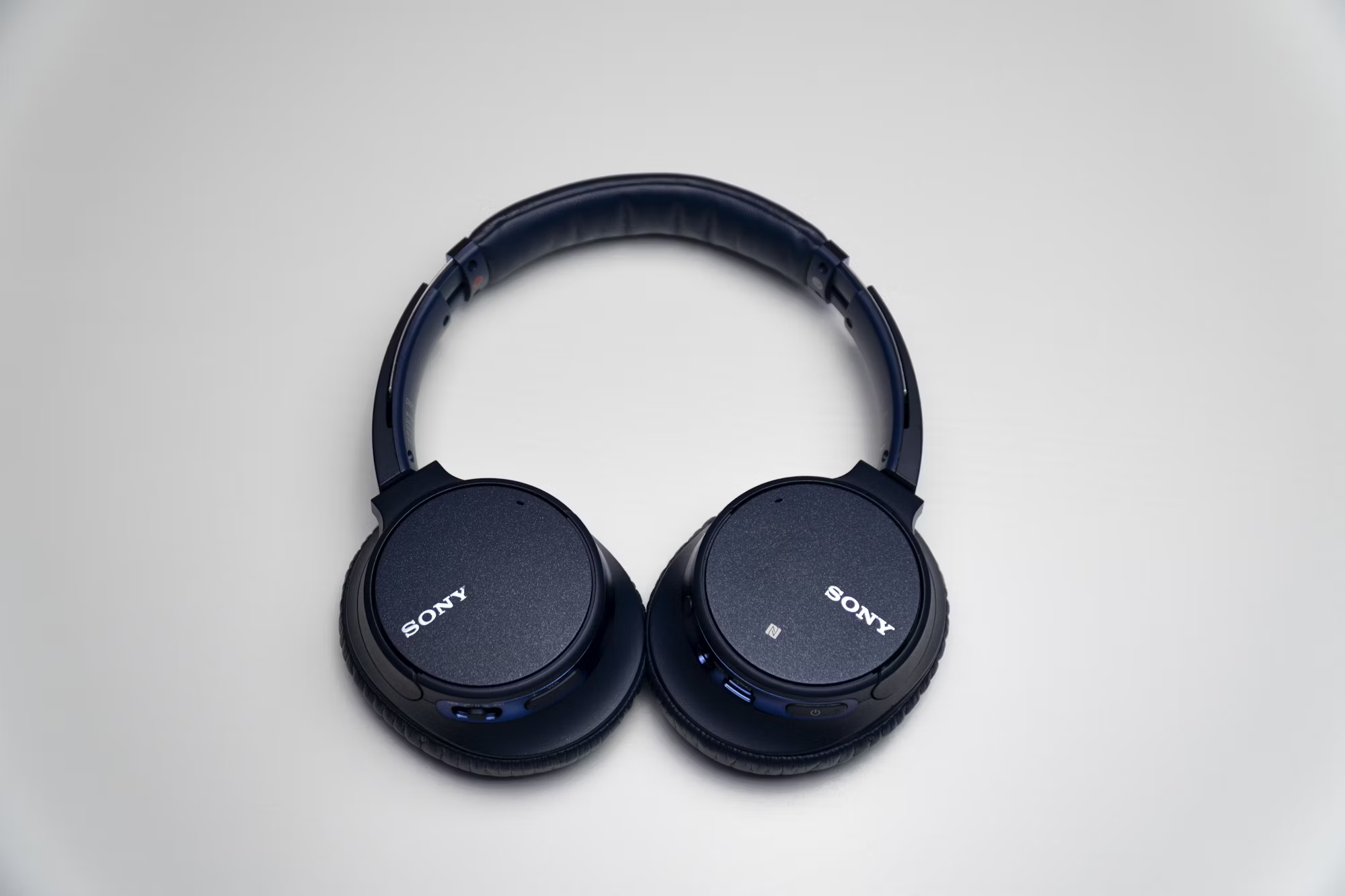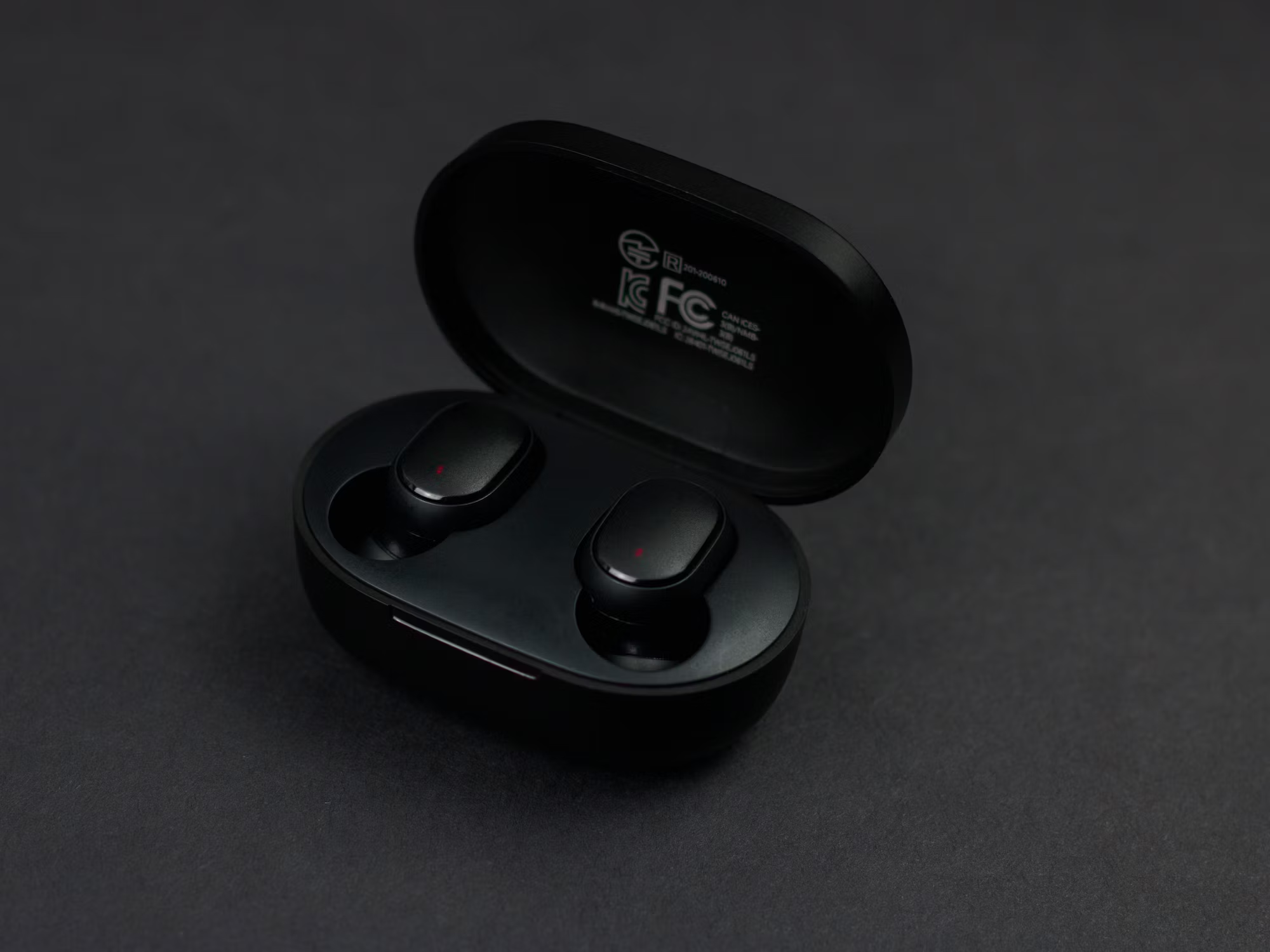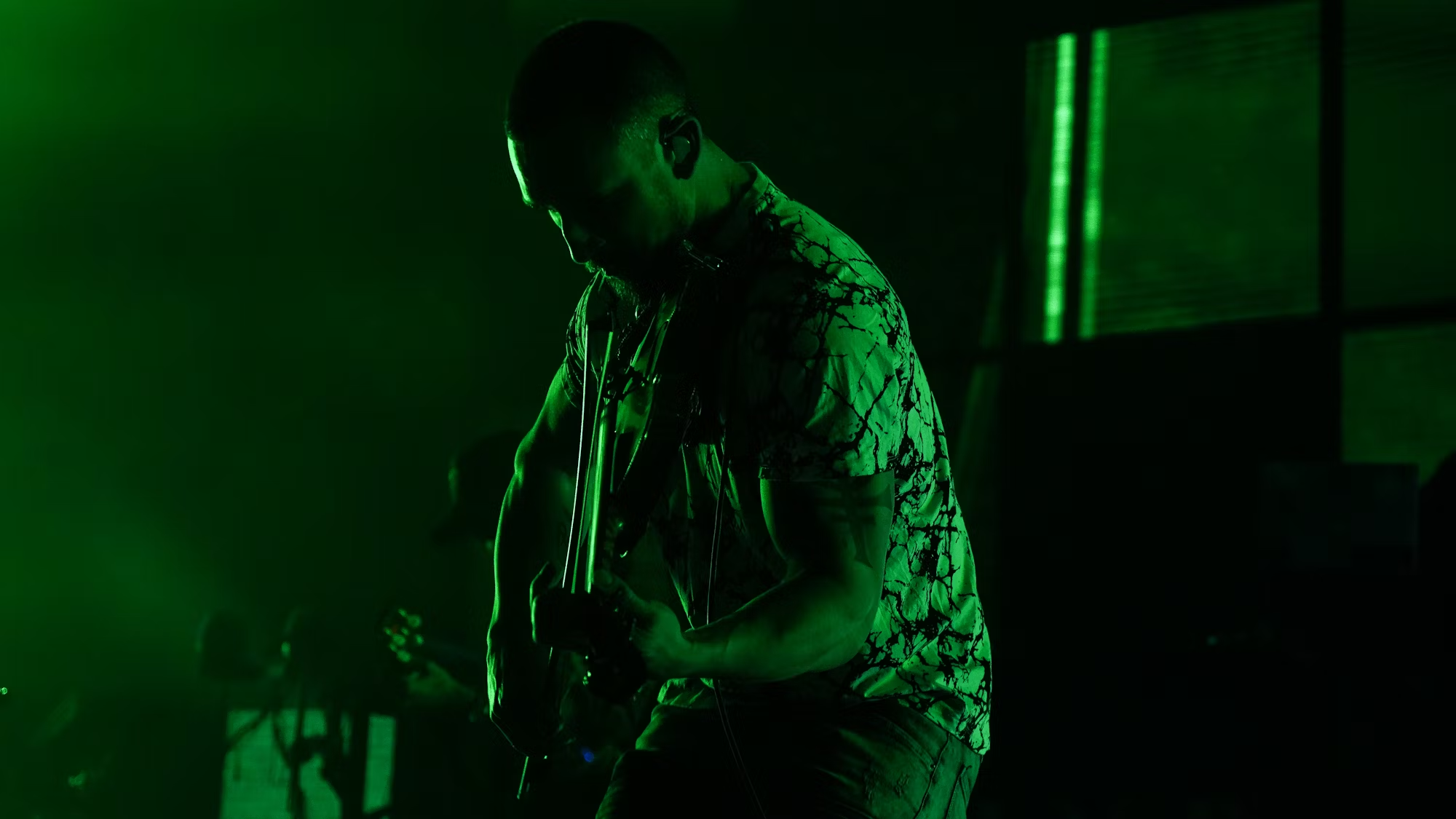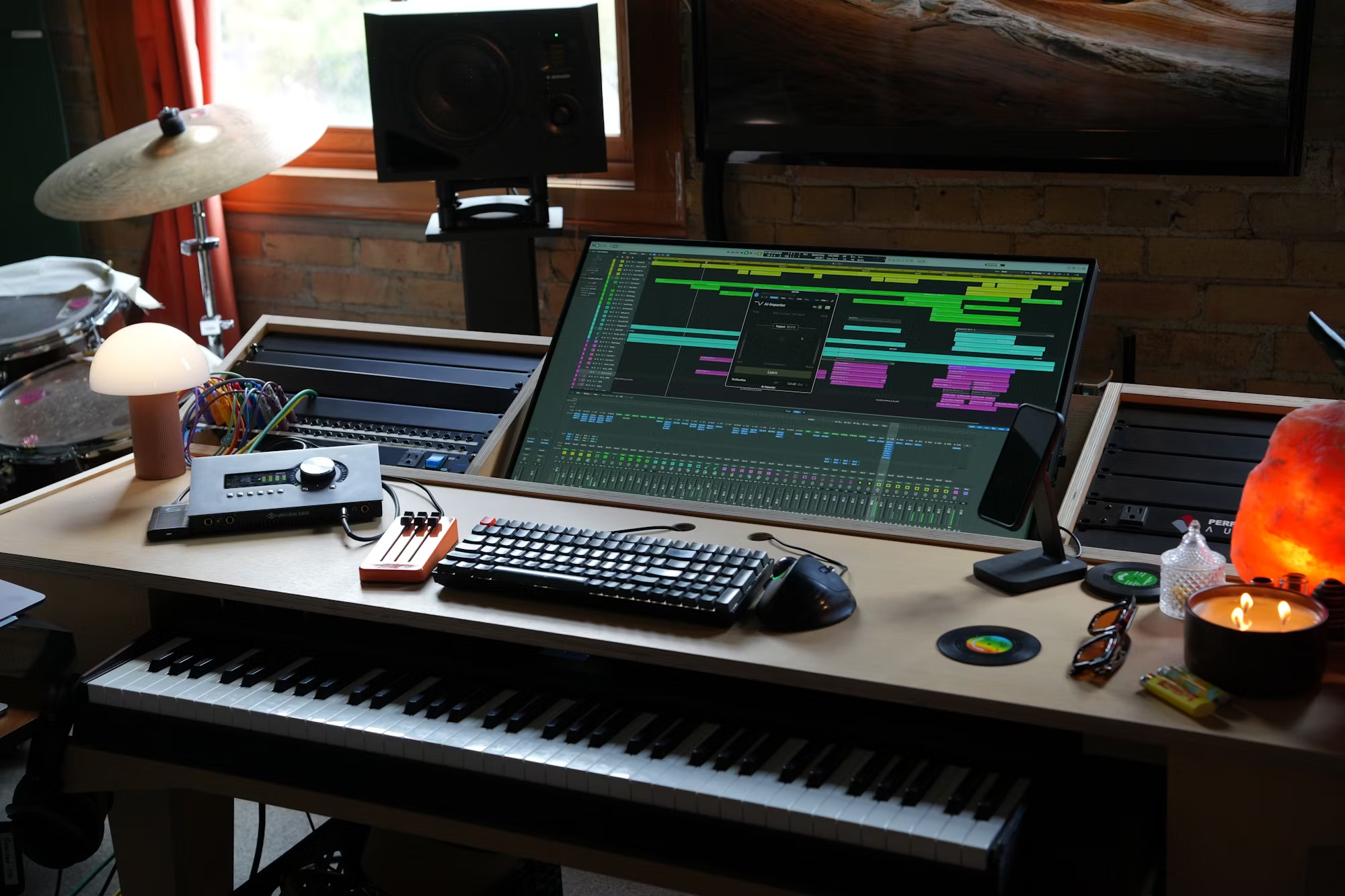Piano music is a universal language that transcends geographical and cultural boundaries. With its origins rooted in European classical traditions, the piano has evolved to encompass a wide variety of styles, genres, and influences from around the world. This article embarks on a journey through the diverse realms of piano music, examining its historical significance, cultural adaptations, and contemporary innovations.
The Global Appeal of the Piano
The piano’s ability to adapt to various musical styles makes it one of the most versatile instruments in the world. Its development began in Italy in the early 18th century with Bartolomeo Cristofori’s invention of the pianoforte. This innovative instrument allowed musicians to play both softly and loudly, enabling a greater range of emotional expression. As the piano spread across Europe and beyond, it began to absorb influences from different musical traditions, leading to its integration into various genres.
In many cultures, the piano has become a staple in both classical and contemporary music. Its rich tonal qualities and dynamic range make it suitable for solo performances, orchestral collaborations, and even popular music. Whether in a grand concert hall or a small café, the piano continues to captivate audiences with its beauty and versatility.
Classical Foundations
The journey of piano music begins with its classical roots. The Classical era, characterized by composers like Mozart, Beethoven, and Haydn, laid the groundwork for piano composition and performance. Mozart’s piano concertos are masterpieces of melodic beauty and structural clarity, while Beethoven’s later sonatas pushed the boundaries of the instrument’s expressive capabilities.
During this time, the piano gained prominence as a solo instrument. Composers began to write specifically for the piano, creating works that showcased both technical prowess and emotional depth. The piano sonata form became a fundamental structure for many composers, allowing them to explore themes and variations in innovative ways.
The Romantic Era: A Surge of Emotion
The Romantic period marked a significant shift in piano music, as composers began to emphasize personal expression and emotional depth. Figures like Frédéric Chopin and Franz Liszt emerged as key representatives of this era. Chopin’s compositions are renowned for their lyrical melodies and intricate harmonies, often drawing on Polish folk music influences. His nocturnes and études showcase the piano’s capacity for conveying a wide range of emotions, from passion to melancholy.
Liszt, a virtuoso pianist and composer, transformed the concert landscape with his flamboyant performances and groundbreaking compositions. His works, such as the Hungarian Rhapsodies, introduced new technical challenges for pianists and expanded the possibilities of piano music. Liszt’s focus on improvisation also highlighted the piano’s role as a vehicle for spontaneous creativity, a theme that would resonate through the ages.
The Influence of Jazz and Blues
As the 20th century dawned, piano music underwent a dramatic transformation with the rise of jazz and blues. These genres brought a new level of improvisation and rhythmic complexity to piano playing. Jazz pianists like Duke Ellington, Thelonious Monk, and Oscar Peterson redefined the role of the piano in ensemble settings, using it as both a melodic and harmonic foundation.
Ellington’s compositions featured intricate piano arrangements that showcased the instrument’s ability to blend with other instruments in a big band setting. Monk’s unique approach to melody and rhythm introduced new ways of thinking about harmony, pushing the boundaries of traditional jazz forms. Oscar Peterson, known for his technical brilliance and swinging style, elevated jazz piano performance to new heights, inspiring countless musicians around the world.
Similarly, the blues genre infused piano music with raw emotion and expressive power. Artists like Ray Charles and Otis Spann incorporated elements of jazz and rhythm and blues, creating a unique sound that resonated deeply with audiences. The piano became a central instrument in blues bands, providing a driving rhythm and soulful melodies that captured the essence of the genre.
Contemporary Innovations
In the contemporary music landscape, the piano continues to evolve and adapt to new styles and technologies. Artists like Ludovico Einaudi and Yiruma have gained international acclaim for their minimalist and emotive compositions, blending classical influences with modern sensibilities. Their works often feature simple yet haunting melodies that resonate with listeners, transcending cultural and linguistic barriers.
The rise of electronic music has also influenced piano compositions. Many contemporary musicians experiment with digital pianos and synthesizers, expanding the instrument’s sonic possibilities. This fusion of traditional piano playing with modern technology has led to innovative styles, allowing artists to create rich soundscapes that challenge conventional norms.
Moreover, the accessibility of music production software has empowered aspiring musicians to explore their creativity in new ways. With platforms like YouTube and social media, pianists can share their original compositions and cover songs, reaching global audiences and fostering a vibrant community of music lovers.
Cultural Adaptations: A World of Influence
The piano’s global journey is marked by its ability to adapt to diverse cultural influences. In Asian music, for instance, the piano has integrated elements of traditional melodies and scales, creating a unique fusion of East and West. Composers like Tan Dun and Lang Lang have successfully bridged these cultural divides, showcasing the piano’s versatility in both classical and contemporary contexts.
In Latin American music, the piano has played a crucial role in genres like salsa, bossa nova, and tango. Pianists such as Chucho Valdés and Antonio Carlos Jobim have infused their compositions with vibrant rhythms and rich harmonies, reflecting the cultural richness of their regions. This blending of musical traditions highlights the piano’s ability to connect people across cultures and backgrounds.
The Role of Education and Community
Piano education has also evolved, with a growing emphasis on creativity and improvisation. Music schools and conservatories around the world are incorporating contemporary styles and techniques into their curricula, encouraging students to explore their unique musical voices. This shift fosters a generation of pianists who are not only skilled in classical repertoire but also capable of improvisation and composition across various genres.
Community initiatives, such as piano festivals and local music programs, further promote the love of piano music. These events bring together musicians of all ages and skill levels, creating opportunities for collaboration, learning, and performance. The sense of community fostered through these initiatives enriches the musical experience and inspires new generations of pianists.
Conclusion: The Timelessness of Piano Music
The journey of piano music is a testament to its enduring appeal and versatility. From its classical origins to its contemporary innovations, the piano continues to inspire musicians and audiences alike. Its ability to convey emotion, adapt to diverse cultural influences, and foster creativity ensures that the piano will remain a central instrument in the global musical landscape for years to come. As we look to the future, the rich legacy of piano music will undoubtedly continue to evolve, embracing new ideas and inspiring countless musicians to explore its endless possibilities.
